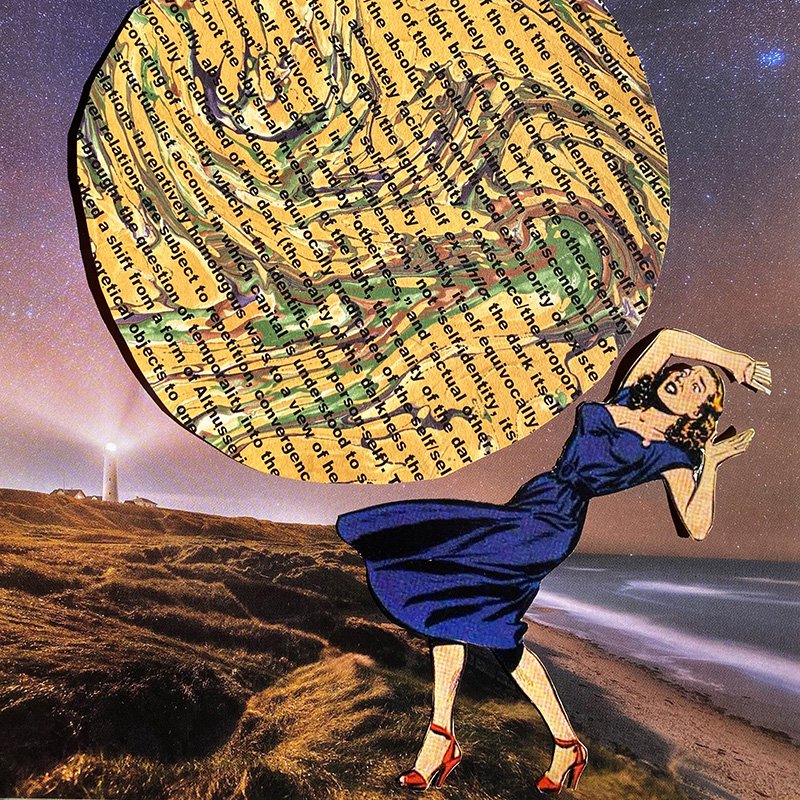To kick off 2024 with a burst of color, I’ve brought together half a dozen of my favorite newsletter posts from the past two years, pairing them up for shared conversations under the theme of writing with pleasure. Each pairing ends with a question: What does pleasurable writing look like for you?
You may wish to complement today’s post with the daily prompts of my 30 Days of Writing with Pleasure challenge, now on Day 8 (but it’s not too late to join us!). Then, on February 1, segue into #AcWriMoments 2024, a series of monthly writing prompts co-curated with my friend-in-writing, Margy Thomas. Our open-doored theme for January 2024 is WELCOME.
Enjoy!
The Pleasures of Wordcraft
In the first of these two posts on the pleasures of close reading, I use colored highlighting to analyze (with pleasure) a piece of writing by master stylist Steven Pinker; in the second, I conjure a multilayered collage from the words and images of a Wordsworth poem.
Savoring good writing or exploring unknown paths: which mode of discovery speaks to you?
These next two posts explore how metaphorical language can inspire and empower academic and professional writers. The first takes you on a joyride through my various publications on writing and metaphor — a theme I can’t seem to escape from! — while the second offers a glimpse of what awaits you in the metaphor-rich landscape of my upcoming Pleasure Catalyst.
Past research or future learning: which direction will the metaphor bus carry you next?
The Pleasures of Be-ing
And finally, here are two contrasting takes on be-verbs. The first plies you with stylistic strategies for avoiding forms of the verb to be, while the second urges you to ignore such bossy syntactical pronouncements and have some fun.
Well-meaning Bee or contrary Cat: whose advice will you follow?
In case you missed my announcement last week: this year I’m scaling Helen’s Word back to one post per week, alternating between newsy newsletters, craft-based essays, and new episodes of Swordswings, my monthly podcast for paid subscribers.
I love hearing back from my readers! Please leave a comment, share this newsletter with a friend, drop me a restack — or at least toss a heart into my crazy weaverbird-mountain-bus-hands-bee-cat collage (which was a lot of fun to pull together).
Kia pai tō koutou rā (have a great day) – and keep on writing!
Subscribe here to Helen’s Word on Substack to access the full Substack archive and receive weekly subscriber-only newsletters. WriteSPACE members enjoy a complimentary subscription to Helen’s Word as part of their membership plan (USD $15/month or $135/year).
































